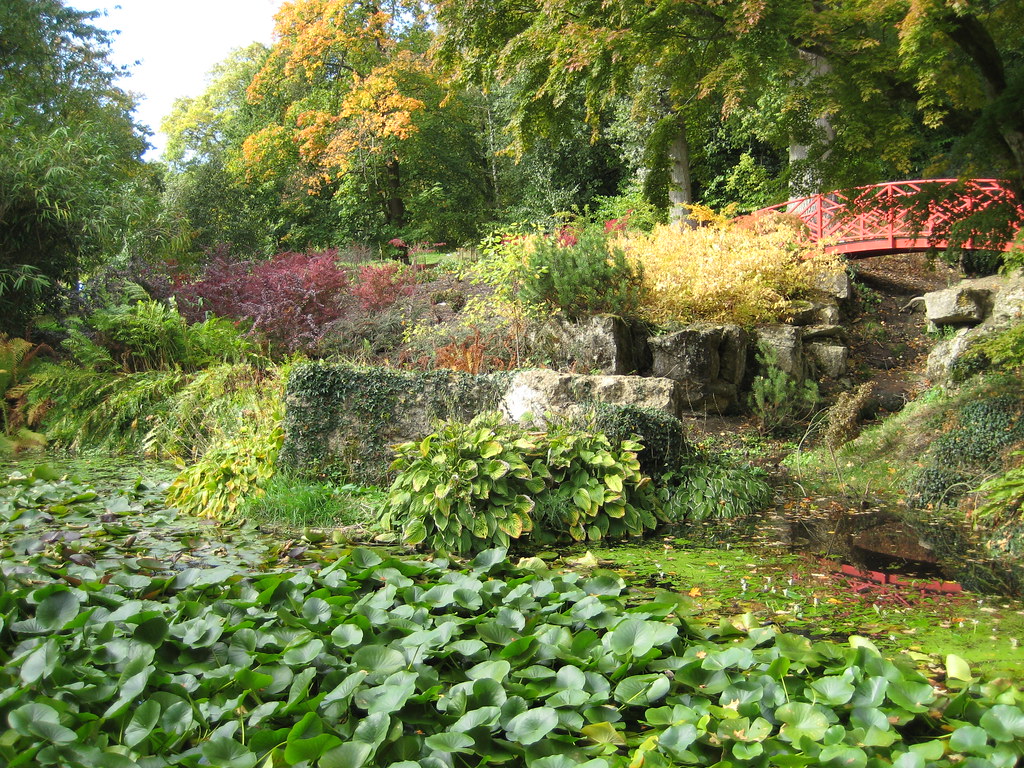Summary
– How to integrate a rockery into a garden?
– Which plants to choose to make a rock garden?
– How to maintain a rock garden?
What is a rockery? A rockery is, in basic words, an array of rocks and alpine plants. Rockeries are landscape focal points that are often designed to take advantage of an environment that is naturally sloped or terraced.
The creation of a rock garden gives personality to a garden. It can dress a terrace edge as well as hide a charmless embankment. Its principle: combine the plant and the mineral in order to obtain a small cheerful and natural space. Nestling in the hollow of the stones, the small plants blossom in colorful spots, dominated by low-growing shrubs.
How to integrate a rockery into a garden?
The ambition of the rock garden is to imitate the natural alliance of plants and minerals found in the mountains. It is sometimes called “alpine garden” because of its extreme resemblance. A successful rock garden should fit perfectly into the whole garden and give the impression of being spontaneous.
Tips
Integrating a rock work is a more difficult task than it seems. It is important to be consistent with the rest of the garden. For example, taking advantage of an existing embankment or slope to create a rock garden will always be easier than trying to set it up on a flat piece of land bordered by other vegetation.
Be aware that creating a natural effect actually requires good technical mastery. A beautiful rock garden is anything but a uniform garden! It is based on a good arrangement of the stones – which form the framework – and on an appropriate choice of plants that will provide the ornamental value. Here are a few tips to help you:
1. As much as possible, favor local rocks and stones, respecting a harmony of colors with the low walls or stairs already built.
2. Choose stones of various sizes, the larger stones should be placed at the bottom of the slope and wedged with smaller stones. Don’t forget that they must give the impression that they have always been there.
3. To achieve this effect, lay them out in an irregular, semi-buried pattern. Like an artist would do, take a step back to appreciate the whole installation.
4. Finally, avoid frost stones, which would crack under the action of the frost.
Note: a well-prepared soil is a guarantee of success! Good drainage will allow plant roots to anchor deep down. If the soil is too porous, improve the soil by adding sand and leaf compost.
Good to know: a rockery does not need to be in full sunlight. The vast majority of plants that make up the rockery need a lot of light, but cannot stand permanent exposure.
Which plants to choose to make a rock garden?
Recommended plants
In order to accentuate the relief and to give an impression of naturalness, it is preferable that a rockery harmoniously mixes small tapering flowers and shrubs, to which aromatic plants can be added. You can also use plants with evergreen foliage: they will provide the decor in summer and winter!
Here are a few examples of plants that will flourish wonderfully in a rock garden:
– wallflower plants: alpine aster, aubriet, low wall bellflower, silver basket (thlaspi), gentian, houseleek, dwarf carnation, phlox, sedum, etc.;
– shrubs: chamæcyparis, pine or dwarf juniper, Japanese maple, berberis, cotoneaster, etc.;
– Aromatic plants: serpolet, marjoram, rosemary, lavender, and above all the countless varieties of thyme.
The installation of plants

1. Use the mineral backbone. Before planting, place the buckets and containers around the stones and rocks and work on the overall harmony.
2. To create volume and movement, lay out the bedding plants at the bottom of the rock garden and the shrubs higher up.
3. Once the arrangement seems ideal to you, install the plants, taking care to soak the clods beforehand.
4. Water gently and without excess so as not to dilute the soil.
Tip: the first year, water the plants regularly to promote rooting.
How do you maintain a rock garden?
The maintenance of a rock garden is quite simple. There are three steps to be taken: weeding, pruning and dividing (for certain plants only):
– Weeding: it can be done in the spring, either manually or with a knife;
– pruning: it allows to keep a harmony by controlling the development of the shrubs;
– dividing: most rockery flowers are perennials that need to be divided every 3 to 4 years.
Good to know: a mulch of small stones will limit watering, slow down the invasion of weeds and keep a good level of humidity in summer.
The design of a rock garden is within the reach of all landscapers, whether amateurs or experienced professionals. That said, it is best not to be too ambitious and to start small. You will always be able to expand your rock garden over time.



